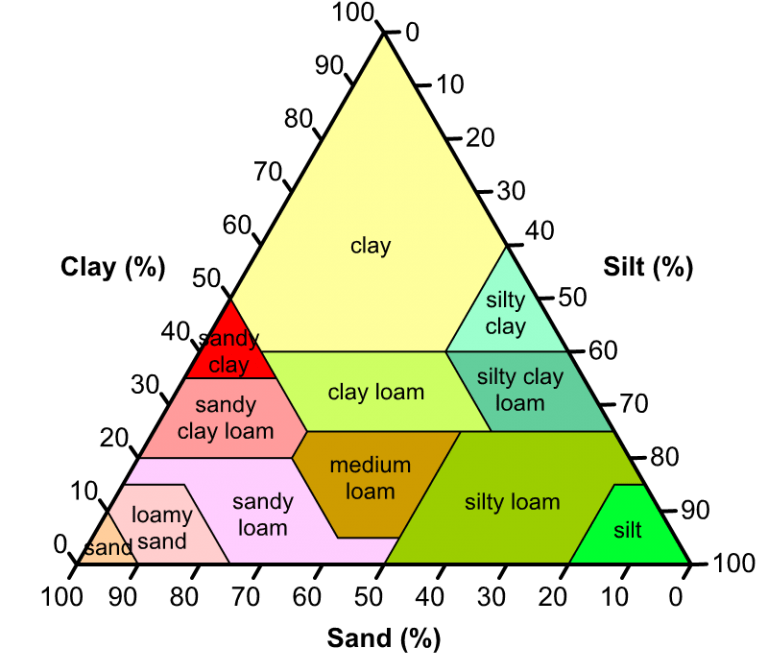
What are different soil types and soil texture Best gardening soil
3.1 INTRODUCTION Soils can behave quite differently depending on their geotechnical characteristics. In coarse grained soils, where the grains are larger than 0.075 mm (or 75 µm), the engineering behaviour is influenced mainly by the relative proportions of the different sizes present, the shapes of the soil grains, and the density of packing.
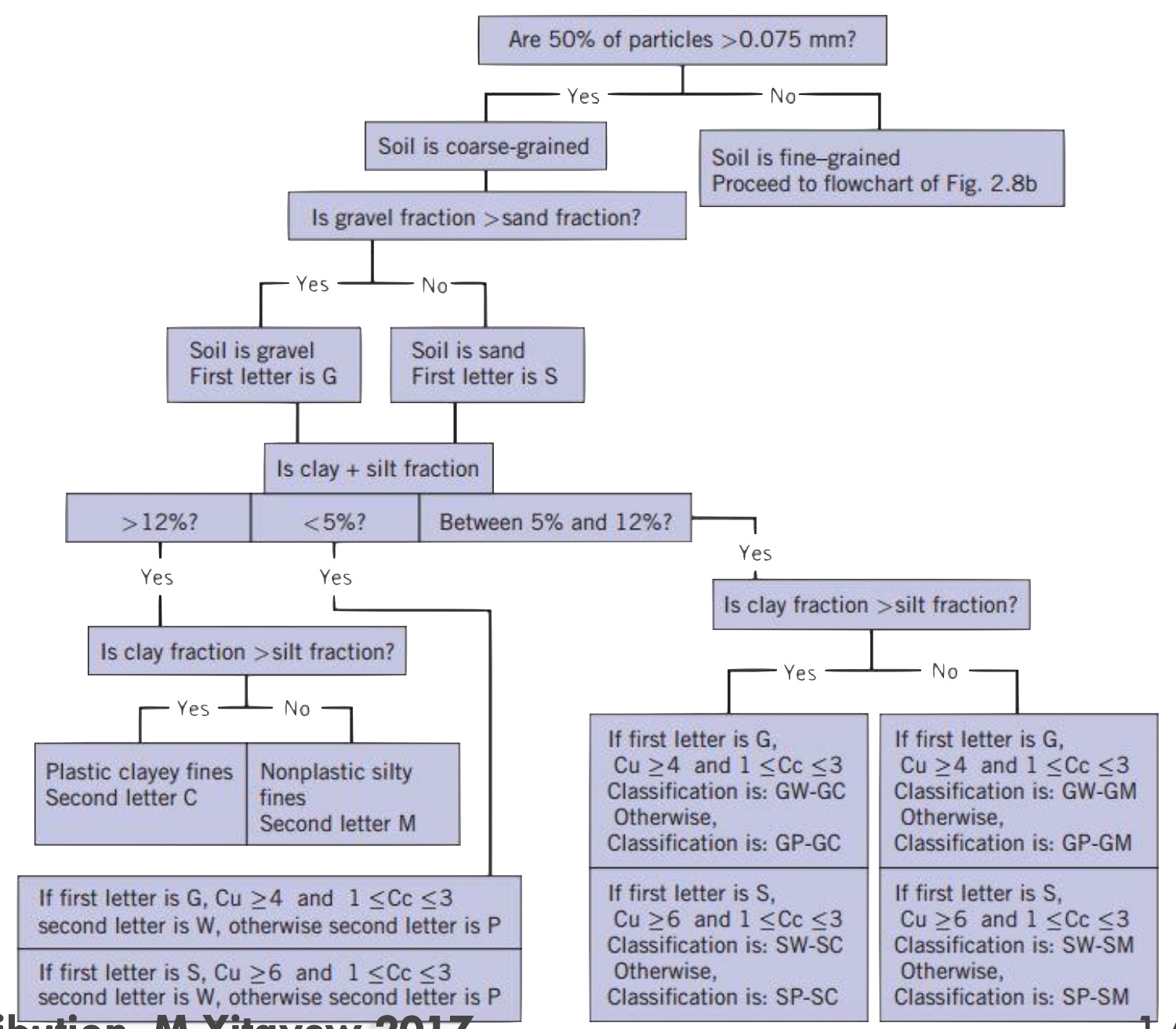
Soil Classification Flow Chart Images and Photos finder
Our focus will be on the fifth function. In this role, soil provides structural stability for plants and retains and relinquishes water and the nutrients necessary for plant growth. An ideal soil for plant growth contains 50% pore space and 50% solids, with the pore space filled with equal parts air and water.
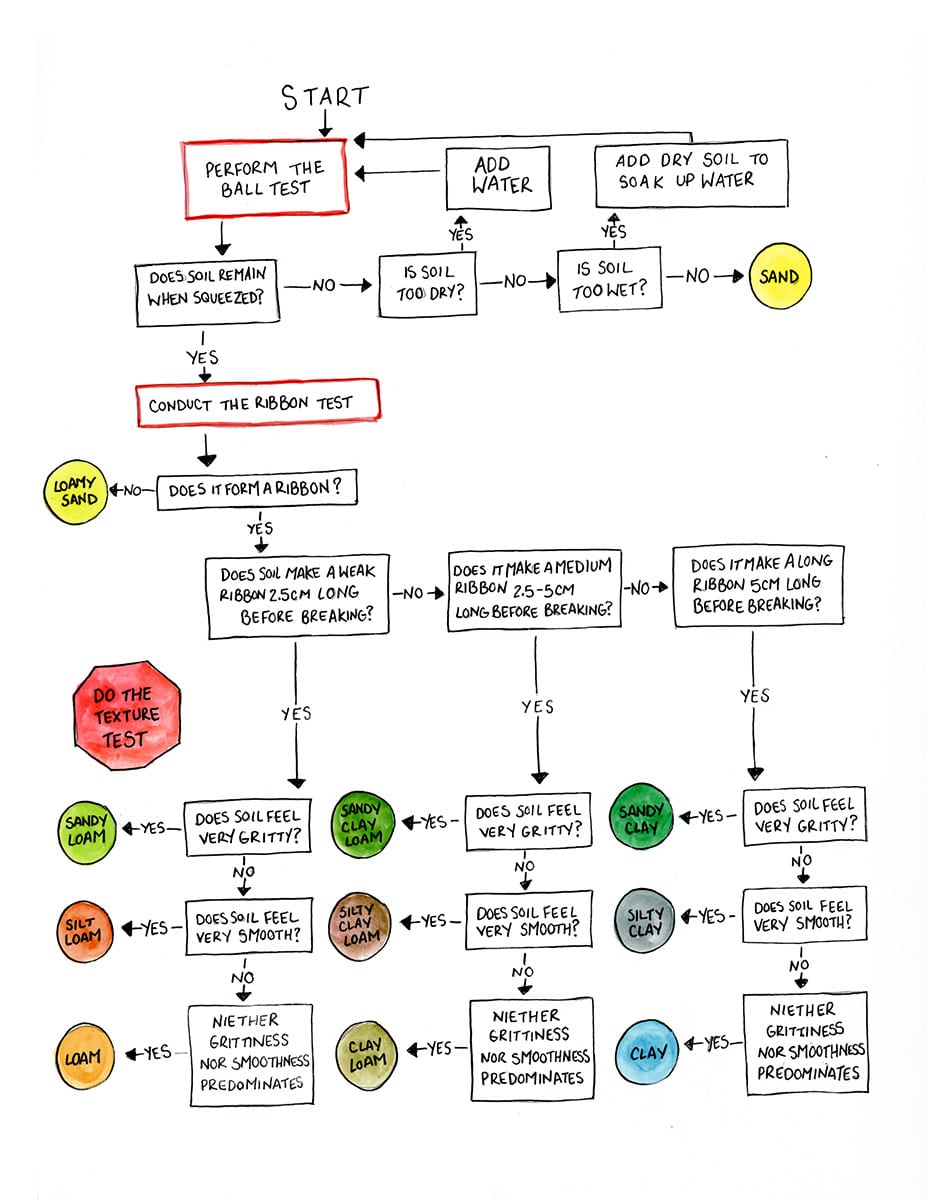
Soil Engineering The Relationship Between Soil Texture and Function
significant components in the soil. Figure 3-2 is a flow chart for assigning typical names and group symbols for inorganic fine-grained soils; figure 3-3 is a flow chart for organic fine-grained soils; figure 3-4 is a flow chart for coarse-grained soils. Refer to tables 3-1 and 3-2 for the basic group names without modifiers. If

Soil Testing for New Farmers a Step by Step Guide Young Agrarians
FL2-1 Chapter 2 Soils Part 652 Irrigation Guide FL652.0204a General Knowledge of soils is essential for the efficient use of water for crop production. Soil survey maps for the areas mapped in the state are now available online through the NRCS Web Soil Survey (WSS), http://websoilsurvey.nrcs.usda.gov/app/. See
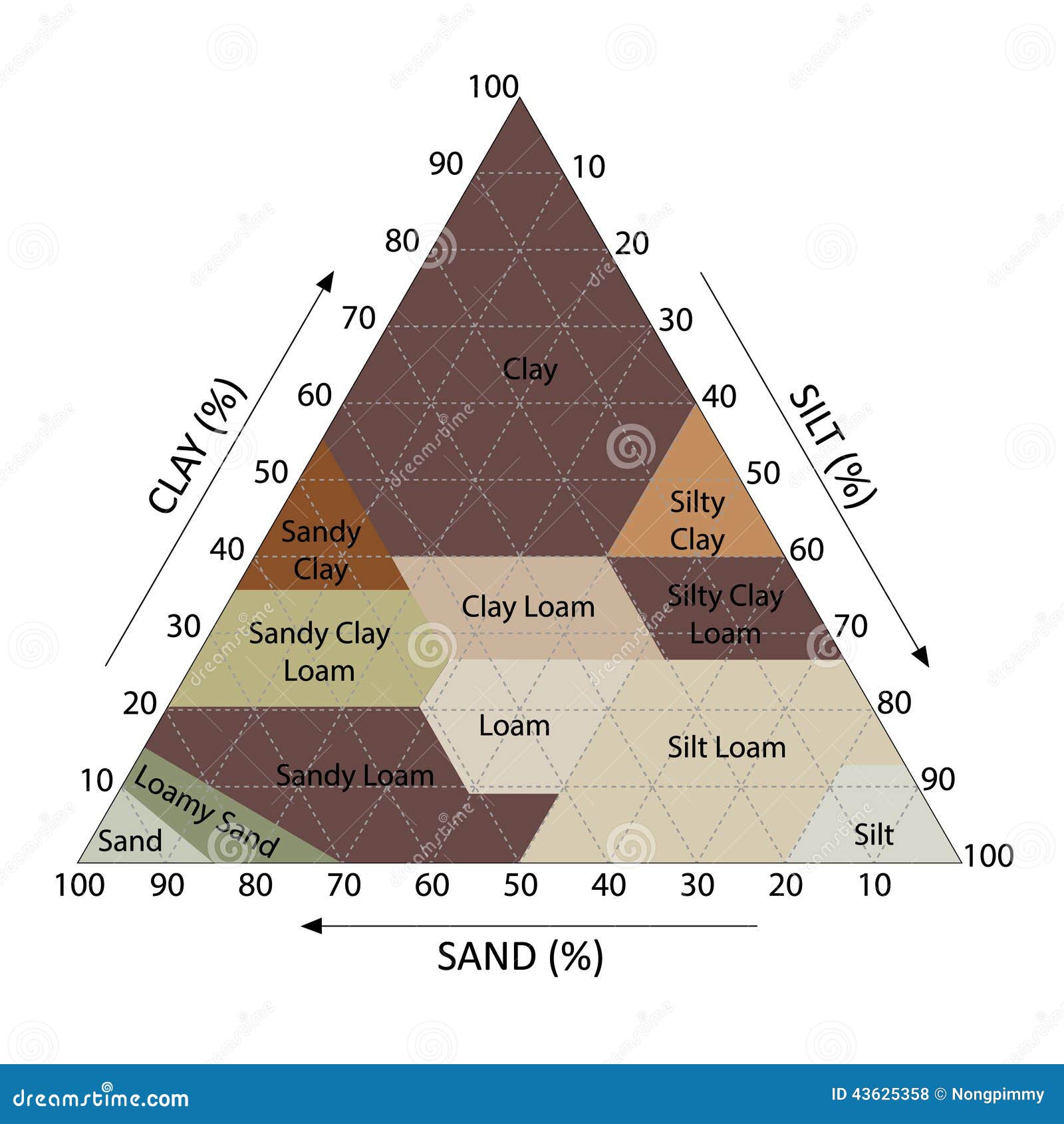
Soil Chart Stock Vector Image 43625358
Soil Composition and Crop Quality This chart reflects a tremendous amount of information available for your understanding of the composition of a healthy productive soil environment. It is based on scientific research accumulated over years of observation on productive soil types throughout many growing areas of the country. The approach to obtaining this insight on

Pin on horticulture careers
The Digital General Soil Map of the United States or STATSGO2 is a broad-based inventory of soils and non-soil areas that occur in a repeatable pattern on the landscape and that can be cartographically shown at the scale mapped of 1:250,000 in the continental U.S., Hawaii, Puerto Rico, and the Virgin Islands and 1:1,000,000 in Alaska.
_Fig2.PNG?1390545528)
soil types DriverLayer Search Engine
The second edition of Soil Taxonomy, A Basic System of Soil Classification for Making and Interpreting Soil Surveys is the result of the collective experience and contributions of thousands of pedologists from around the worl. Keys to Soil Taxonomy Taxonomic keys for field classification. Official Soil Series Descriptions (OSD)

Top 4 common soil types
Soil is a natural resource and a living ecosystem (the "living skin of the earth"). Soils sustain all life on earth and filter and break down natural and man-made toxins. Soils provide water, nutrients, and support, along with oxygen for the plant's root growth. Soils have four main components: mineral particles (sand, silt, and clay), organic.
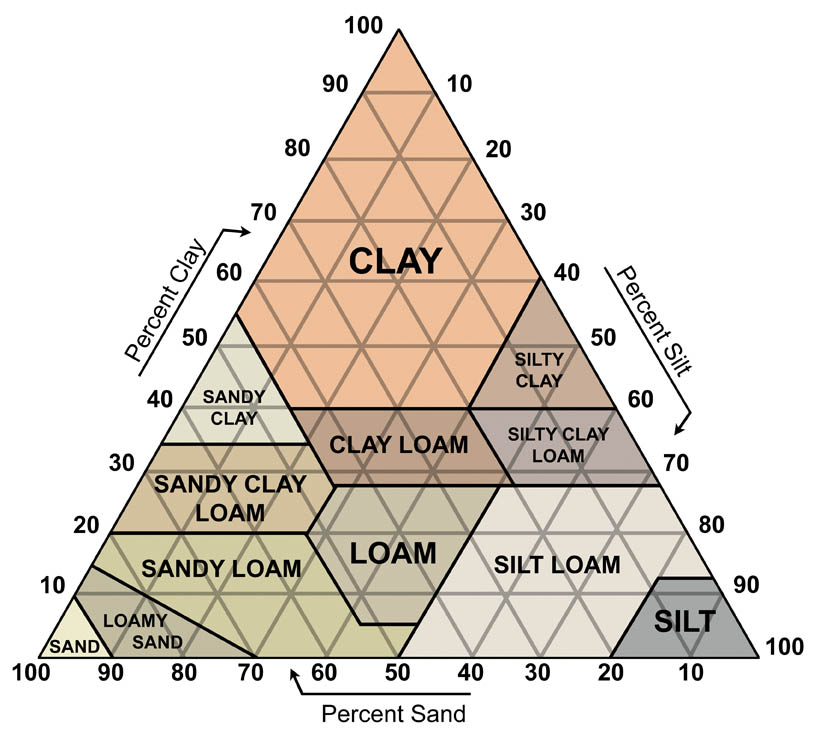
dickinson_ryan_enb150 Types of Soil
Typically, loam soil has 7-27% clay, 28-50% silt, and <52% sand. Often, loam soil has equal parts of sand and silt. What Is Clay Soil Type? Clay soil has at least 40% of its soil made up of clay, less than 45% sand, and less than 40% silt. What Is Clay Loamy Soil Types?

Soil types of India its characteristics and Classification
A permeable soil allows water to flow through it easily because the spaces between the inorganic particles are large and well connected. Sandy or silty soils are considered 'light' soils because they are permeable, water-draining types of soils. Soils that have lots of very small spaces are water-holding soils.
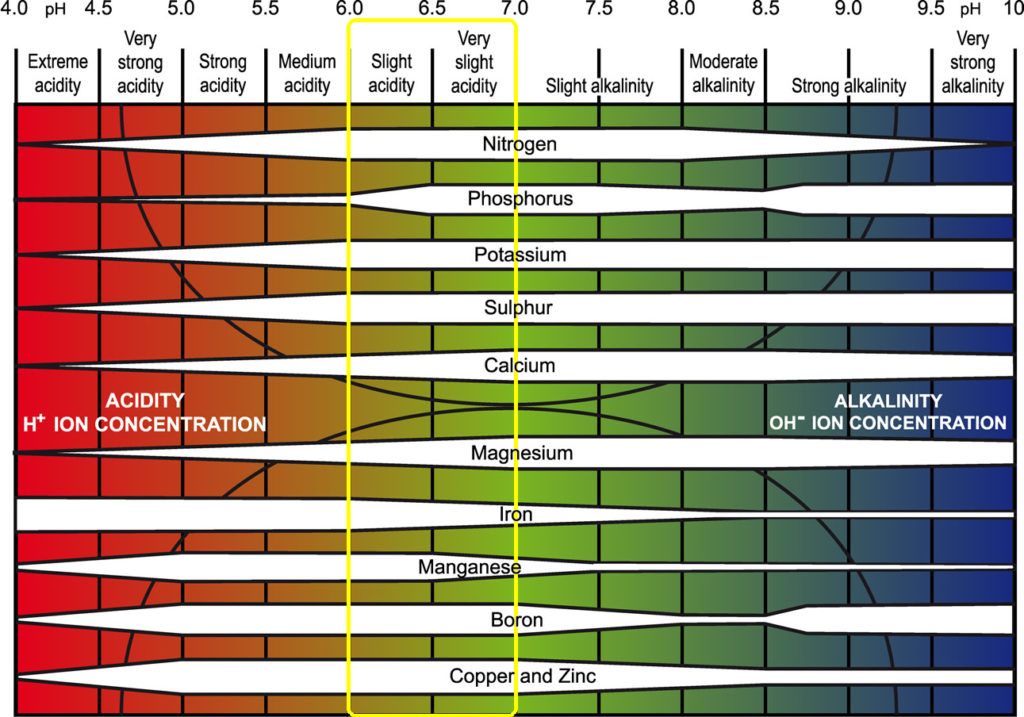
How Soil Tests Can Help with Tree Selection Arbor Rangers
Overview of Soil Important Questions and Answers about Soil 33,617 From a general perspective, "soil" is a very broad term and refers to the loose layer of earth that covers the surface of the planet. The soil is the part of the earth's surface, which includes disintegrated rock, humus, inorganic and organic materials.

Infographics
The FAO Legend for representing the global distribution and geography of soils; WRB to facilitate correlations between different soil classification systems One can distinguish three different stages to illustrate the development of soil classification systems.
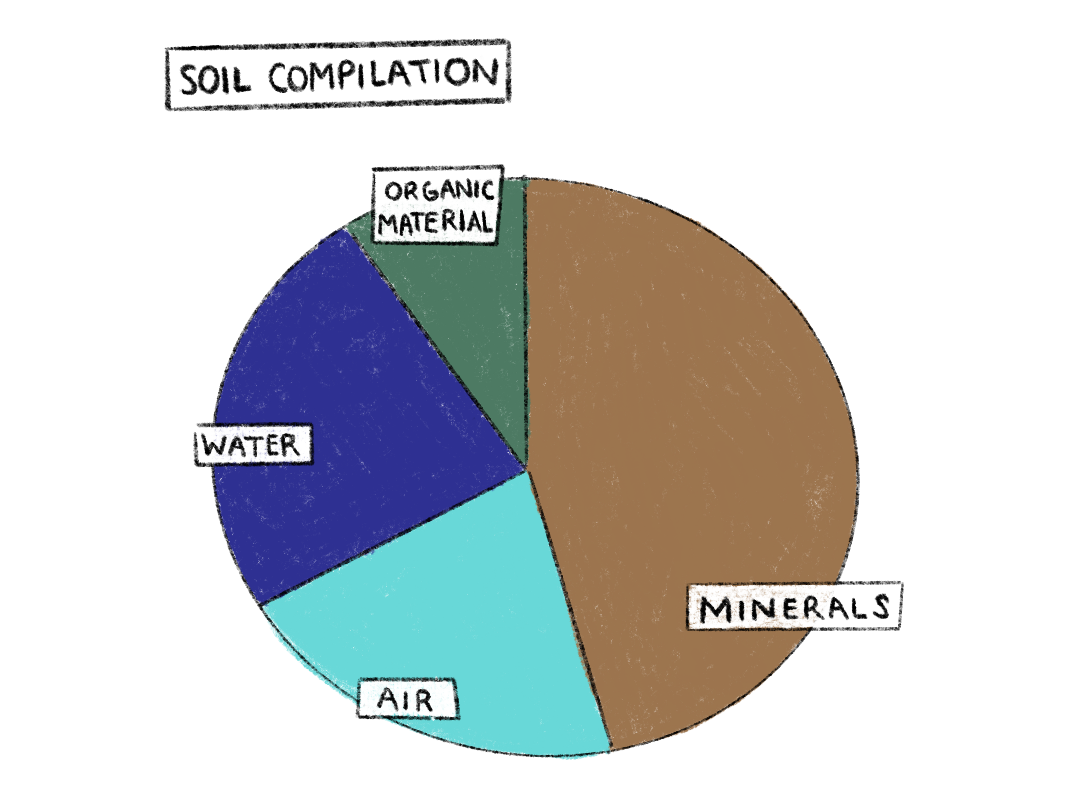
Let's Grow Stuff What's the Dirt on Soil PBS Wisconsin
Soil - Texture, Structure, Composition: The two principal systems of soil classification in use today are the soil order system of the U.S. Soil Taxonomy and the soil group system, published as the World Reference Base for Soil Resources, developed by the Food and Agriculture Organization (FAO) of the United Nations. Both of these systems are morphogenetic, in that they use structural.
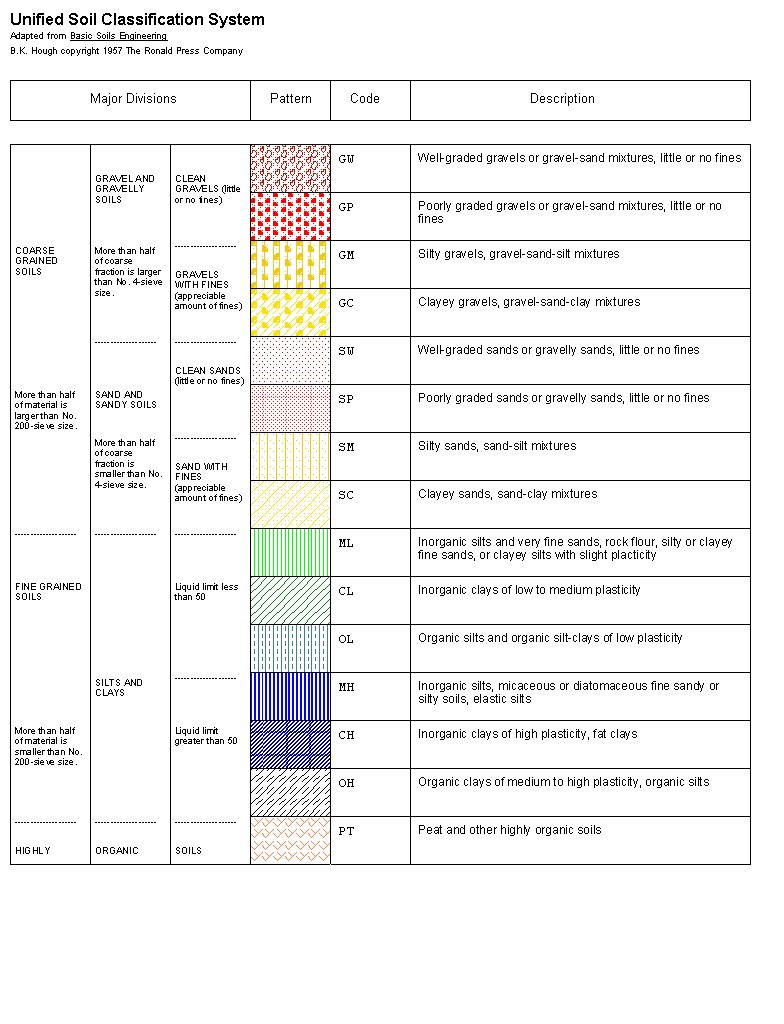
Civil Engineering Community Soil Classification Systems
The most common minerals found in soil that support plant growth are phosphorus, and potassium and also, nitrogen gas. Other, less common minerals include calcium, magnesium, and sulfur. The biotic and a biotic factors in the soil are what make up the soil 's composition.
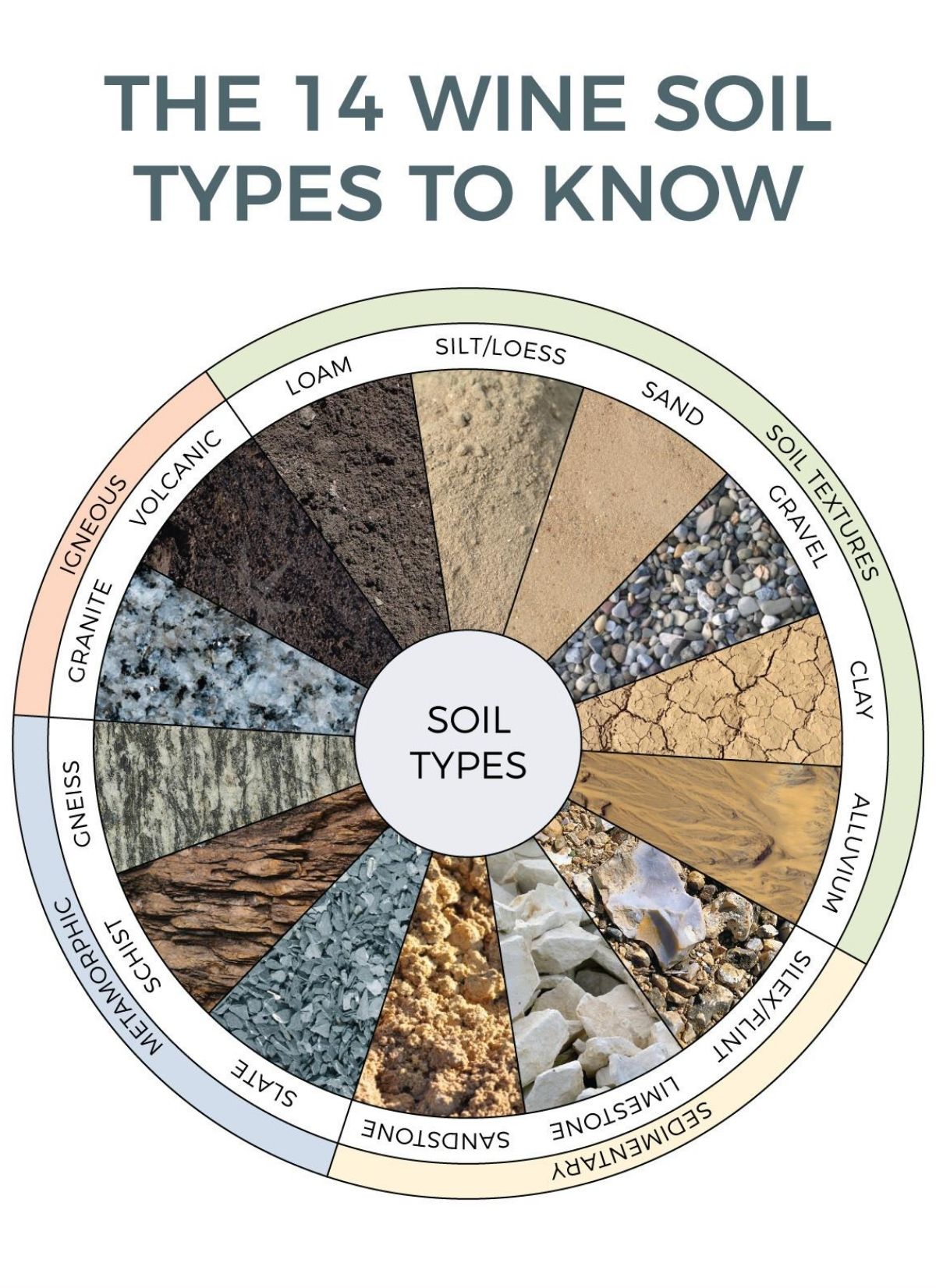
What is soil? How many layers of soils? Discovery of Science
Soil classification deals with the systematic categorization of soils based on distinguishing characteristics as well as criteria that dictate choices in use. Overview. Soil classification is a dynamic subject, from the structure of the system, to the definitions of classes, to the application in the field. Soil classification can be approached.

Munsell Soil Color Chart The Garden
The purpose of soil classification is to arrange various types of soils into groups according to their engineering properties. Particle Size: Individual solid particle in a soil can have different sizes and this characteristic of soil can have a significant effect on its engineering properties.